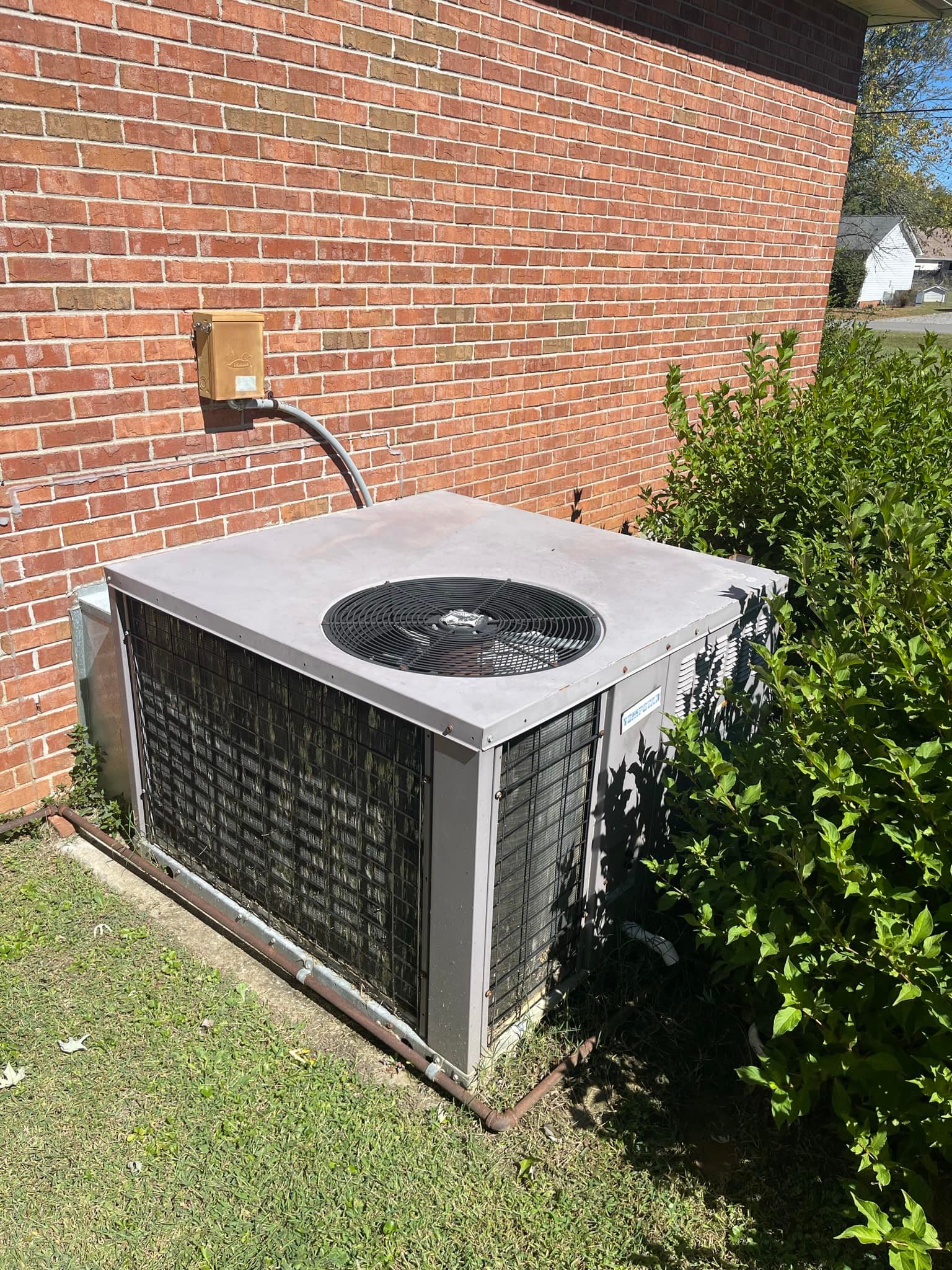
Understanding HVAC Load Calculations: Ensuring Proper Sizing for Maximum Efficiency Nov 08, 2025
Understanding load calculations starts with recognizing the impact of heating and cooling loads on your home. Conducting a load calculation involves analyzing the amount of heating or cooling needed to maintain a specific temperature within your living space. This consideration helps in determining the appropriate size of your HVAC unit. While it may seem tempting to opt for a larger system believing it’s more capable, an oversized unit can cause short cycling, reducing efficiency and lifespan. On the other hand, an undersized system will overwork itself trying to meet your home's needs, enduring unnecessary wear and tear.
So, how are these HVAC load calculations performed? Recognized methodologies like the Manual J Residential Load Calculation provide a solid framework. This comprehensive approach accounts for various factors, including your home’s size, insulation levels, window types, orientation, and even occupancy—even the color of your exterior can make a difference! By considering these elements, the calculation ensures that your system's size matches your specific demands, enhancing both performance and energy efficiency.
Why should homeowners in the Jarrell’s Quality Heat and Air community prioritize precision in load calculations? There are several reasons. First, achieving maximum efficiency with the right system sizing means lower energy bills and a reduced carbon footprint. In an era where energy efficiency is more critical than ever, making this environmentally conscious choice also aligns with economic savings. Moreover, an adequately sized system offers improved indoor air quality and more consistent temperature regulation, contributing to a healthy living environment.
But what are the common pitfalls homeowners face concerning load calculations? Relying solely on square footage for system sizing is a frequent mistake. This method overlooks other crucial factors such as local climate conditions and home orientation, potentially leading to poor system performance. Partnering with a trusted HVAC expert like Jarrell’s Quality Heat and Air ensures a comprehensive evaluation and accurate load calculations based on industry standards.
Moreover, with advancing technologies, today's systems offer smarter, more nuanced ways to enhance comfort. Modern HVAC units can include variable speed motors and multi-stage compressors, which adjust power usage based on real-time conditions. Selecting a unit with these features can lead to further improvements in energy efficiency, provided your load calculations are correctly executed.
In conclusion, proper HVAC load calculations are the foundation of an efficiently operating system. They ensure that your heating and cooling needs are met without the risk of unnecessary energy expenditure or system stress. At Jarrell’s Quality Heat and Air, we prioritize these calculations as part of our comprehensive HVAC solutions, leading you toward a comfortable, energy-efficient home. By understanding and implementing the correct load calculations, you're not only investing in your immediate comfort but also in the long-term health of your HVAC system.
If you're considering a new installation or seeking to enhance your current system's performance, don't hesitate to contact our team at Jarrell’s Quality Heat and Air. We are dedicated to helping you make informed decisions and providing top-notch service to meet all your heating and cooling needs.
/filters:no_upscale()/media/1c9f714a-9c2d-4dc6-b2fa-55db3f2eb60d.jpeg)
/filters:no_upscale()/filters:format(webp)/media/9b33b1de-d429-4d9b-bfb6-3877d79db880.jpeg)